In the shadow of towering predators like the Tyrannosaurus rex, one heavily-armored plant-eater developed extraordinary defenses that made even apex predators think twice before attacking. The Ankylosaurus, whose name means “fused lizard,” represents one of nature’s most impressive examples of defensive evolution. This remarkable dinosaur combined tank-like armor with a devastating tail club that could shatter bones on impact.
While many herbivores relied on speed or herding for protection, Ankylosaurus took a different approach—standing its ground with formidable defensive capabilities that made it potentially deadly to any predator, including the mighty T. rex.
The Living Tank of the Late Cretaceous
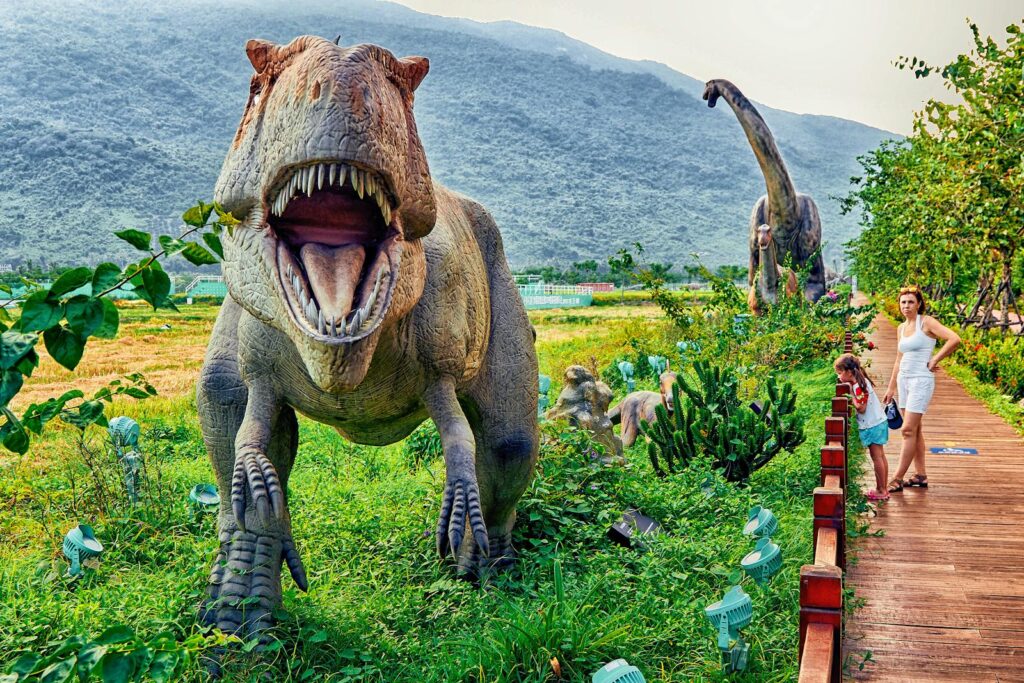
Ankylosaurus magniventris roamed the Earth during the Late Cretaceous period, approximately 68-66 million years ago, making it a contemporary of Tyrannosaurus rex. This massive herbivore inhabited what is now western North America, particularly in regions that make up present-day Montana, Wyoming, Colorado, and Alberta, Canada.
With its exceptionally thick armor and low-slung profile, Ankylosaurus evolved as a specialized survivor in an ecosystem dominated by fearsome predators. Its appearance in the fossil record coincides with the final stages of dinosaur evolution before the mass extinction event that would claim all non-avian dinosaurs, giving us a glimpse of the remarkable defensive adaptations that had developed through millions of years of evolutionary pressure.
A Body Built for Defense

Ankylosaurus developed one of the most comprehensive armor systems ever seen in a vertebrate animal. Its entire back and sides were covered with large, bony plates called osteoderms that were embedded in the skin, creating an interlocking shield that protected vital organs. Between these larger plates, smaller nodules and scales filled the gaps, leaving virtually no vulnerable areas exposed on the dinosaur’s dorsal surface.
The armor wasn’t uniform—it varied in thickness and pattern across the body, with particularly reinforced sections over the most vital areas. This armor plating wasn’t simply attached to the skin; it was integrated with the skeleton in many places, creating a structural defense system that was literally part of the animal’s anatomy and nearly impossible for predators to penetrate with teeth or claws.
The Ultimate Weapon: The Tail Club
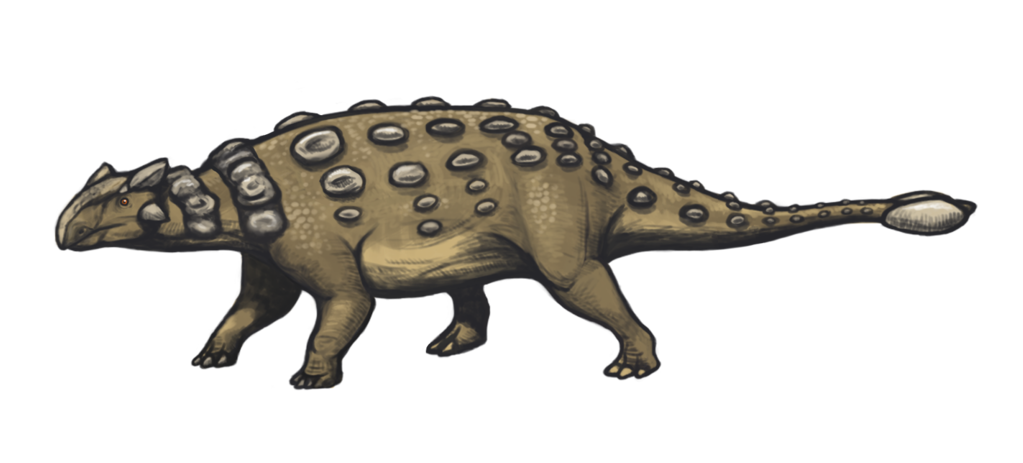
The most iconic feature of Ankylosaurus was undoubtedly its tail club, a specialized weapon unlike anything seen in modern animals. This distinctive structure formed at the end of a stiffened tail, where the last several vertebrae fused together and became surrounded by large, bony knobs. The resulting club could measure up to 60 centimeters (2 feet) wide, creating a formidable impact weapon.
Biomechanical studies suggest that Ankylosaurus could swing this club with tremendous force—potentially enough to break bones or cause serious internal injuries to any predator, including Tyrannosaurus rex. The tail itself was held rigid by interlocking vertebral processes and supporting tendons, essentially turning the entire tail into a handle for the massive club and allowing for powerful, controlled swings that could deliver devastating blows to an attacker’s legs or lower body.
Size and Proportions

Ankylosaurus was a heavyweight among dinosaurs, with adults reaching lengths of 6-8 meters (20-26 feet) and standing about 1.7 meters (5.6 feet) tall at the hip. Most impressive was its weight, estimated between 4.8 and 8 metric tons—comparable to a modern elephant. Despite its massive bulk, Ankylosaurus had a relatively small head for its body size, though its skull was heavily reinforced and protected by thick armor plates.
The body was exceptionally wide, sometimes described as “turtle-like” in its broad, flat profile, which added to its stability and defensive posture. This low center of gravity made Ankylosaurus difficult to tip over or flip, a potential hunting strategy that predators might have attempted with less well-defended prey.
Dietary Habits and Feeding Adaptations
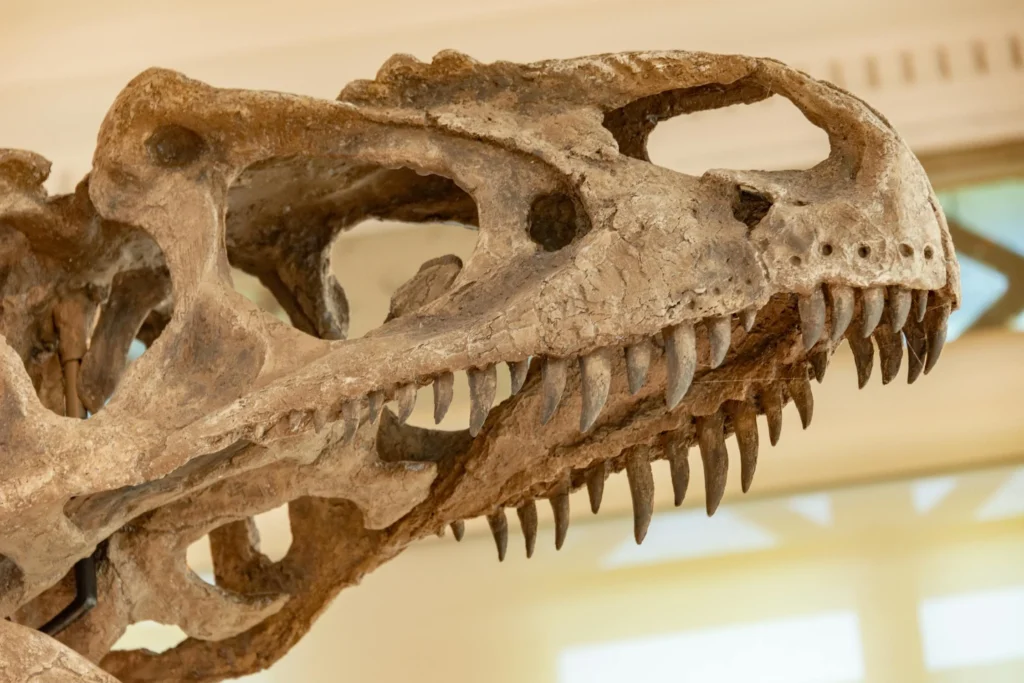
As a committed herbivore, Ankylosaurus evolved specialized feeding structures to process tough plant material. Unlike many other plant-eating dinosaurs, it lacked the sophisticated chewing mechanisms of hadrosaurs or ceratopsians and instead relied on a horny beak to crop vegetation and simple crushing teeth to process plant matter. The narrow snout suggests it was a selective feeder, carefully choosing which plants to consume rather than indiscriminately grazing.
Studies of its jaw mechanics indicate that Ankylosaurus could generate significant bite force for crushing fibrous plants, though it likely focused on softer vegetation growing close to the ground. Its broad gut cavity suggests the presence of an enlarged digestive system, probably housing symbiotic microorganisms that helped break down tough plant matter through fermentation, similar to modern herbivores like cows and horses.
T. Rex vs. Ankylosaurus: A Prehistoric Standoff
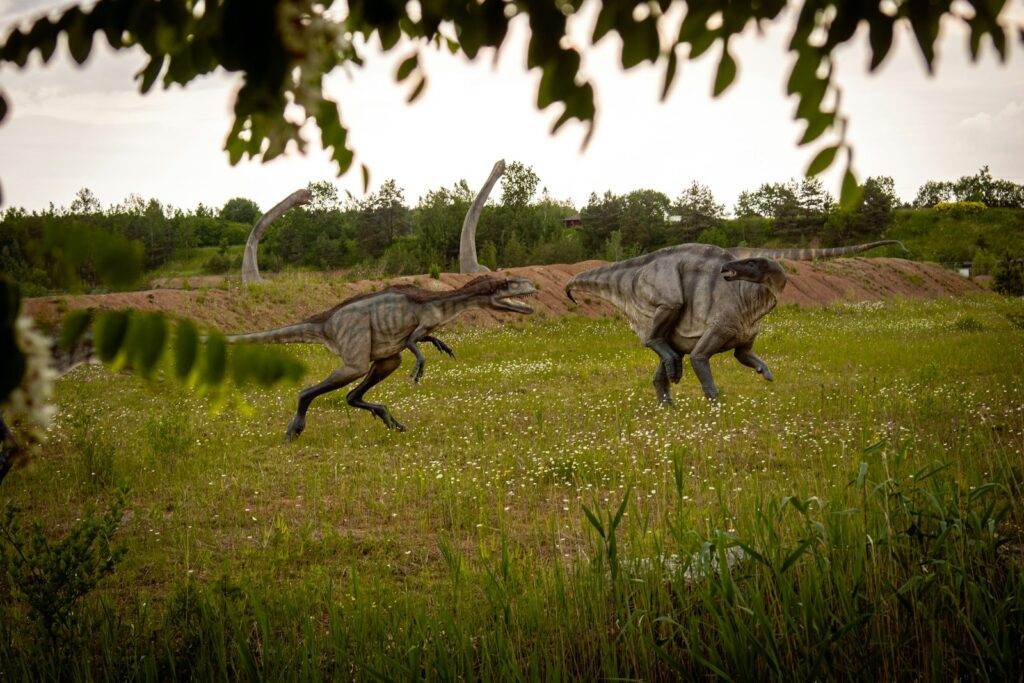
The confrontation between the Tyrannosaurus rex and the Ankylosaurus represents one of the most intriguing potential predator-prey relationships in dinosaur paleontology. While the T. rex possessed enormous bite force and serrated teeth capable of crushing bone, the Ankylosaurus countered with nearly impenetrable armor and a tail weapon that could inflict serious damage. A successful attack by a T. rex would likely have required flipping the ankylosaur to expose its less protected underside—an extremely risky maneuver that would have placed the predator within range of the devastating tail club.
Fossil evidence suggests that even a single powerful blow from an Ankylosaurus tail could potentially fracture the leg bones of a T. rex, effectively delivering a death sentence in the harsh prehistoric world where mobility meant survival. This standoff illustrates evolutionary escalation at work—predator and prey developing increasingly specialized adaptations in response to each other.
Fossil Discoveries and Scientific Understanding
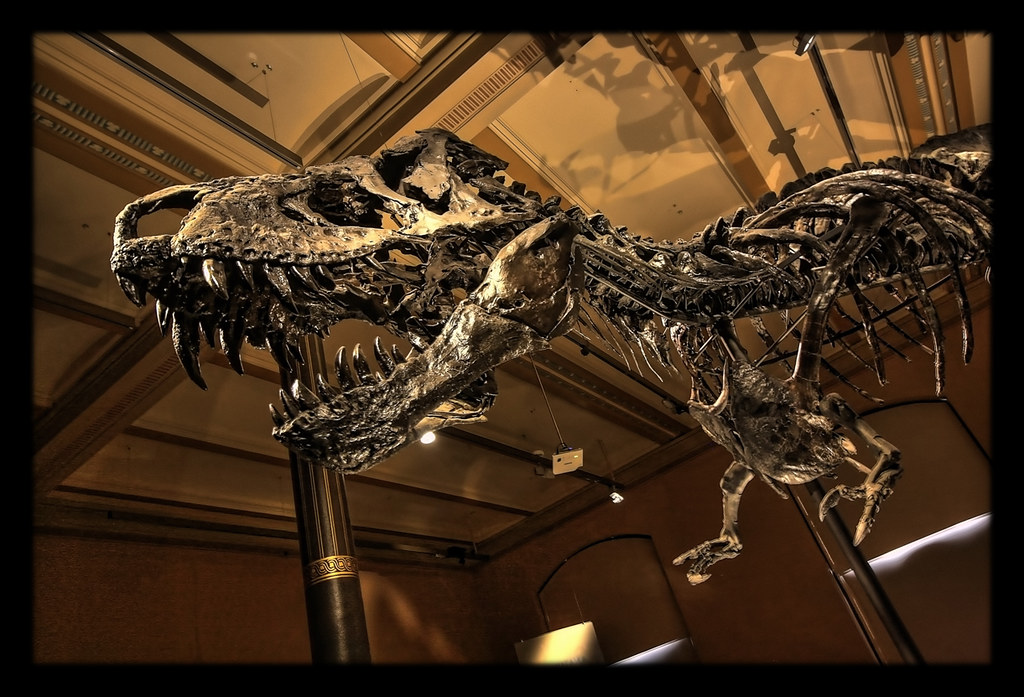
Our knowledge of Ankylosaurus comes from remarkably incomplete remains, with no complete skeleton ever discovered. The first specimens were uncovered by Barnum Brown in Montana in the early 1900s, but they consisted of only partial skulls, armor plates, and vertebrae. The iconic tail club wasn’t definitively associated with Ankylosaurus until better specimens of related ankylosaurs were discovered.
Most of our understanding of Ankylosaurus comes from closely related species with more complete remains, such as Euoplocephalus and Anodontosaurus, which have helped paleontologists reconstruct the likely appearance and features of Ankylosaurus itself. This patchwork approach to understanding the dinosaur highlights the challenging nature of paleontological work, where scientists must often piece together knowledge from fragmentary evidence and comparative anatomy.
Life in the Late Cretaceous Ecosystem
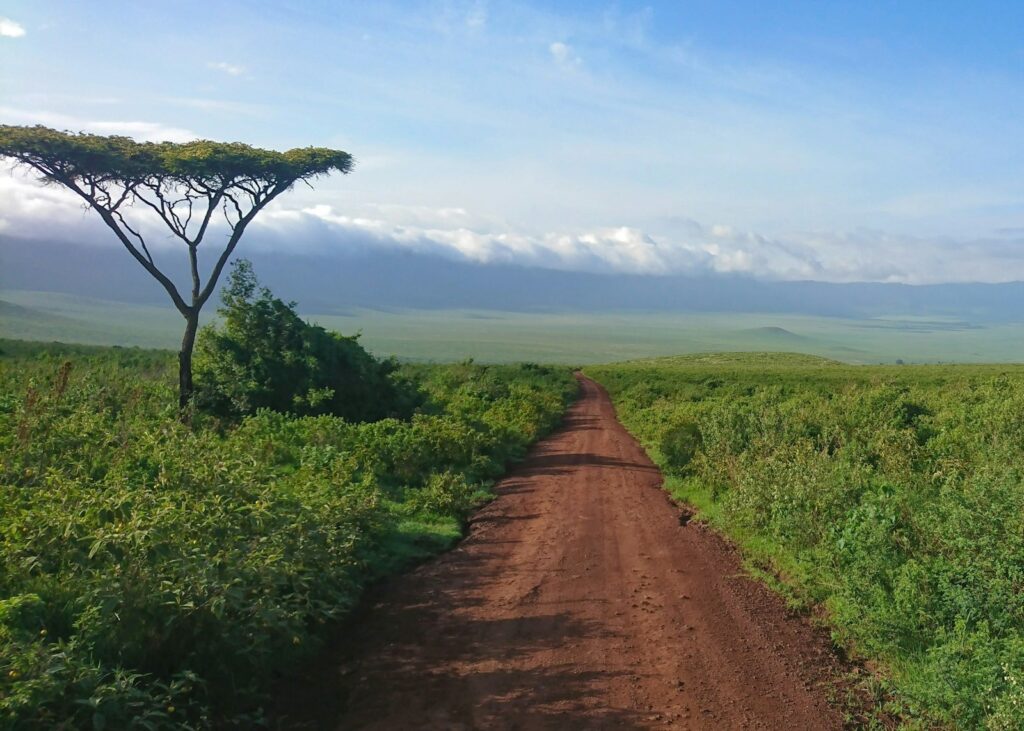
Ankylosaurus inhabited a diverse ecosystem during the final stages of the Age of Dinosaurs. It shared its environment with other famous dinosaurs, including Tyrannosaurus rex, Triceratops, and various hadrosaurs like Edmontosaurus. The landscape was characterized by coastal plains, river valleys, and subtropical forests, with a climate somewhat warmer than today’s.
As a large herbivore, the Ankylosaurus would have played an important ecological role in shaping plant communities through its feeding habits, potentially clearing undergrowth and creating pathways used by other animals. Its massive size as an adult likely granted it relative immunity from predation except by the largest theropods, allowing it to occupy ecological niches that would have been too dangerous for less well-defended herbivores.
Survival Strategies Beyond Armor
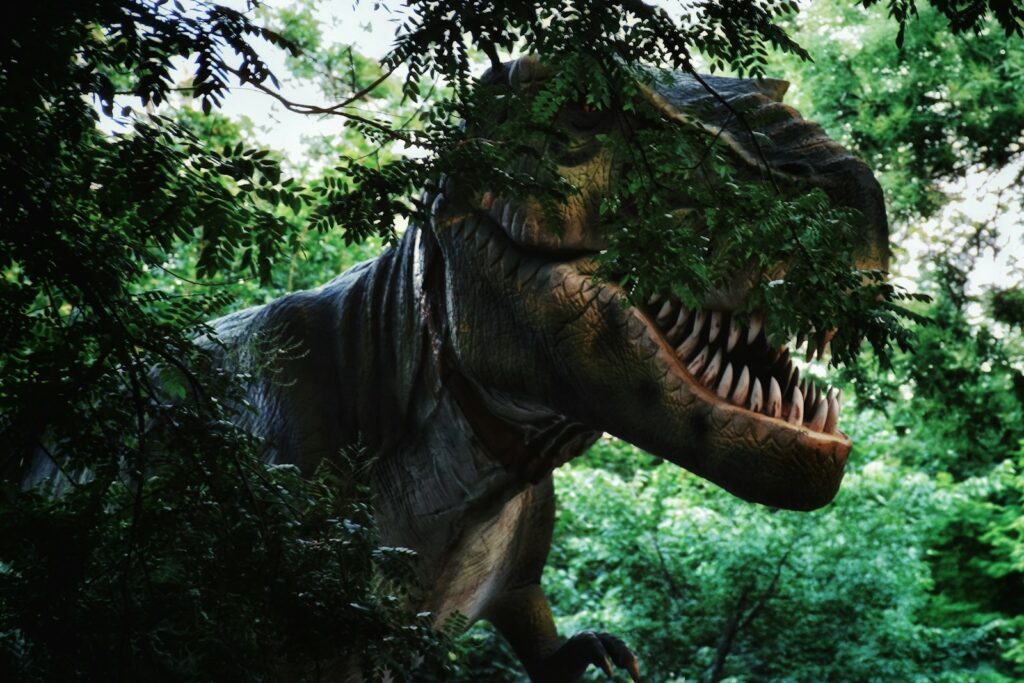
While the Ankylosaurus is primarily known for its formidable physical defenses, it likely employed additional survival strategies beyond mere armor. Its coloration, though impossible to determine with certainty from fossils alone, may have provided camouflage in its forested habitat, potentially incorporating mottled patterns that would break up its outline among vegetation.
Some paleontologists hypothesize that ankylosaurs might have exhibited herding behavior, as many modern herbivores do, providing additional protection through safety in numbers. Young ankylosaurs, which would have been more vulnerable due to their smaller size and less-developed armor, may have benefited particularly from group protection. Additionally, Ankylosaurus may have been crepuscular (active primarily at dawn and dusk), minimizing overlap with the hunting periods of large predators while still accessing sufficient feeding time.
The Evolution of Armored Dinosaurs
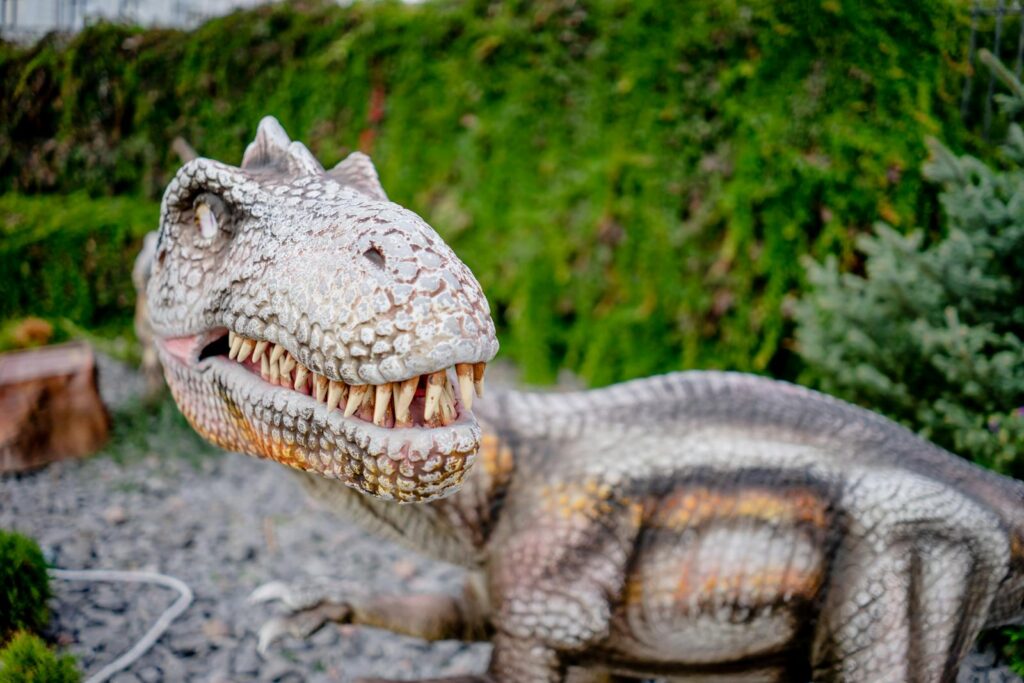
Ankylosaurus represents the culmination of a long evolutionary lineage of armored dinosaurs. The ankylosaur family tree diverged from stegosaurs in the mid-Jurassic period, approximately 160 million years ago, and gradually developed increasingly sophisticated armor arrangements. Early ankylosaurs like Sarcolestes and Mymoorapelta had more primitive armor configurations, with less extensive coverage and lacking the specialized tail clubs of later species.
Through the Cretaceous period, ankylosaurs diversified into two main groups: the nodosaurids, which had shoulder spikes but no tail clubs, and the ankylosaurids, which developed the characteristic tail weapons. Ankylosaurus itself represents the largest and most heavily armored member of this family, showing how specialization for defense reached its zenith just before the dinosaurs’ extinction.
Movement and Mobility Constraints
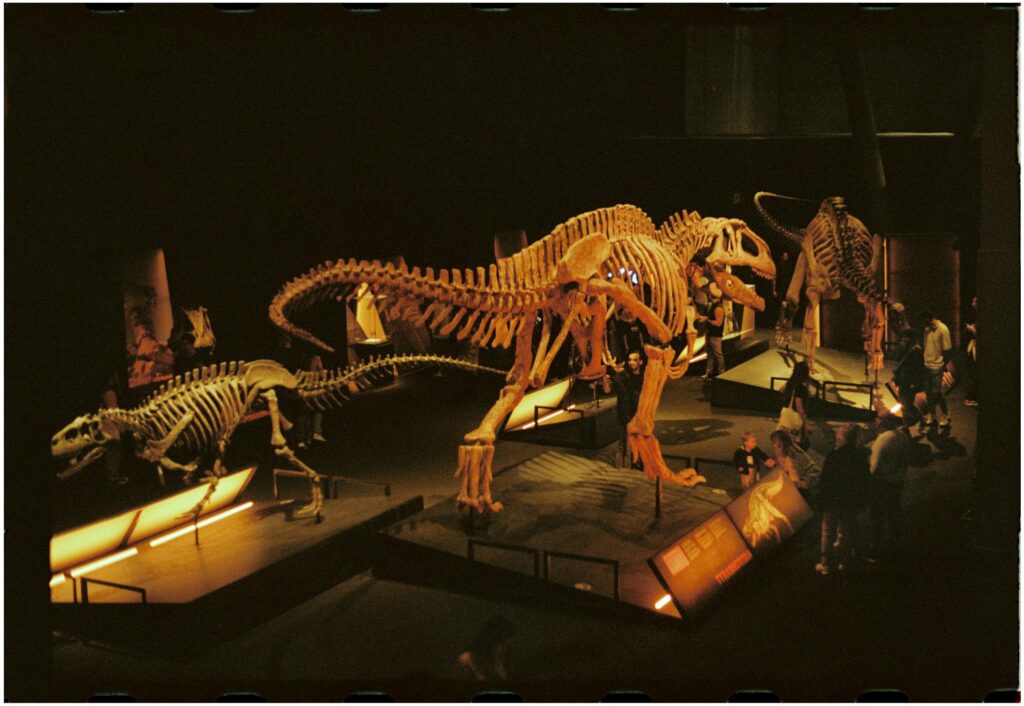
The extensive armor of the Ankylosaurus came with significant trade-offs in terms of speed and agility. Biomechanical studies suggest these dinosaurs were relatively slow-moving, with estimated top speeds of perhaps 6-8 kilometers per hour (4-5 mph)—significantly slower than both predatory dinosaurs and many other herbivores. The wide, low-slung body and short legs created a stable but ponderous gait, suitable for an animal that relied on defense rather than flight when threatened.
The ankylosaur’s feet were broad and elephant-like, designed to support its massive weight, with five toes on each foot spreading the load. Interestingly, the front limbs were shorter than the hind limbs, giving Ankylosaurus a slightly downward-sloping profile from back to front, which may have been advantageous for feeding on low vegetation while keeping its armored back oriented toward potential threats.
Sensory Capabilities and Intelligence
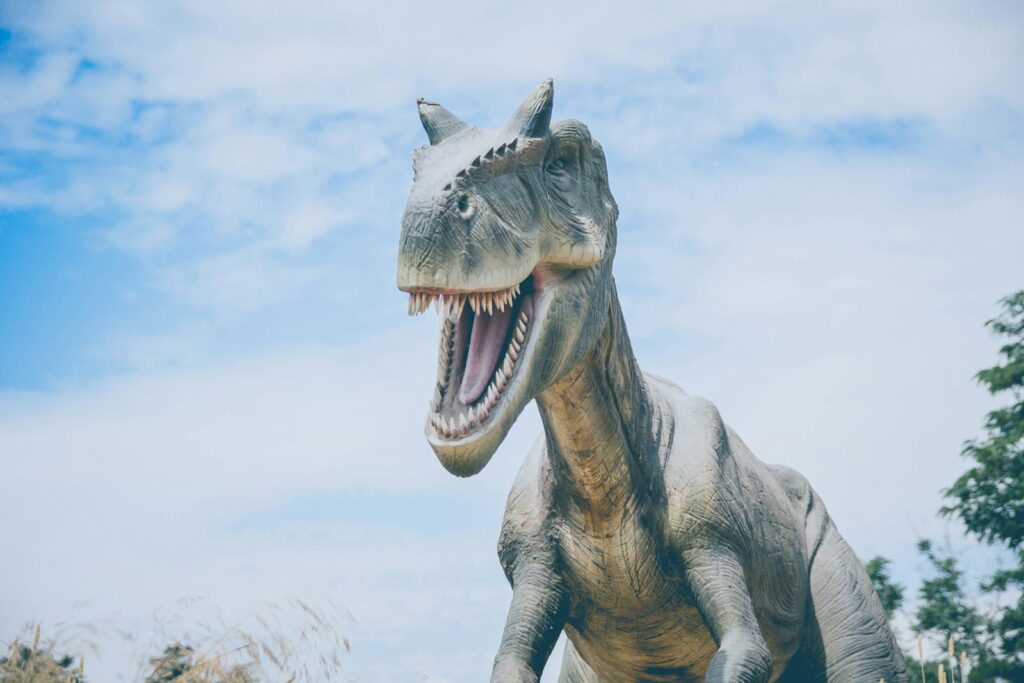
The brain of the Ankylosaurus was relatively small compared to its body size, suggesting limited cognitive abilities by mammalian standards. However, examination of ankylosaur brain casts indicates they had well-developed olfactory lobes, pointing to a good sense of smell that would have been valuable for finding food and detecting predators. Their eyes were positioned on the sides of the head, providing excellent peripheral vision to spot approaching danger, though this configuration would have limited binocular depth perception.
Ankylosaurs also possessed complex inner ear structures, suggesting they had reasonably good hearing, another crucial sense for predator detection. While not among the most intelligent dinosaurs, Ankylosaurus likely possessed sufficient cognitive capacity for its ecological niche, with sensory adaptations focused primarily on survival rather than complex social behaviors.
The Final Days of the Armored Giants
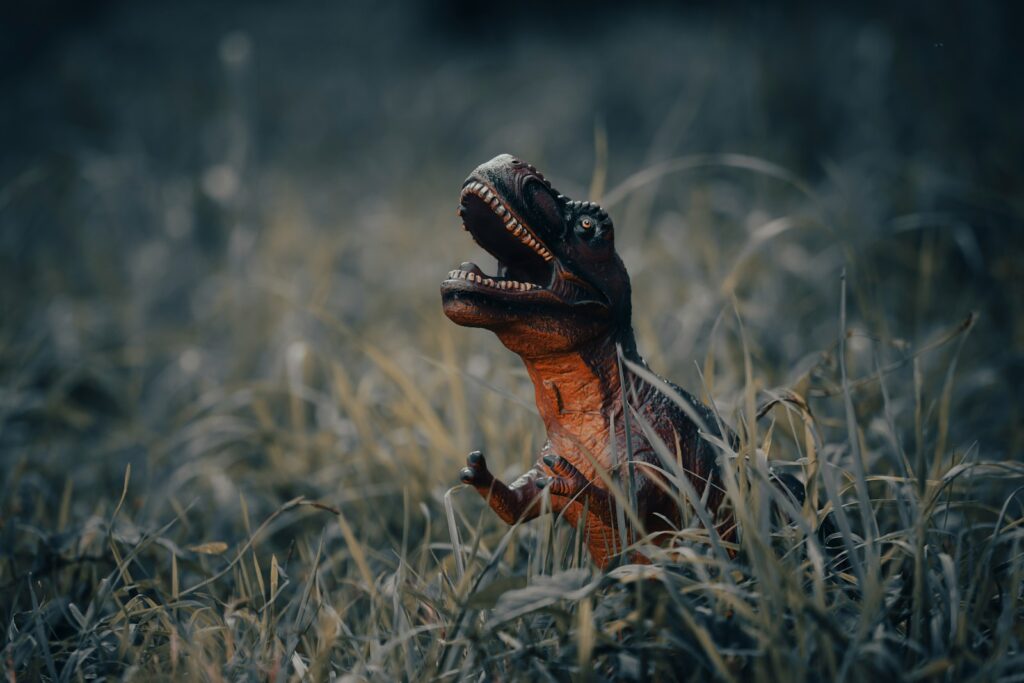
Ankylosaurus lived during the very end of the Cretaceous period, vanishing in the mass extinction event that occurred approximately 66 million years ago when an asteroid struck the Earth near the Yucatán Peninsula in Mexico. Despite its impressive defensive adaptations that made it nearly invulnerable to predators, Ankylosaurus had no evolutionary answer to the catastrophic climate changes that followed the impact.
The extinction event triggered massive dust clouds that blocked sunlight, leading to the collapse of plant communities that formed the foundation of dinosaur ecosystems. Even the mighty Ankylosaurus, with all its armor and defensive capabilities, could not survive the rapid environmental changes that eliminated approximately 75% of all species on Earth. Its disappearance marked the end of the ankylosaur lineage, which had thrived for over 80 million years through continuous refinement of their defensive strategy.
Conclusion: The Enduring Legacy of Ankylosaurus

The Ankylosaurus represents one of nature’s most impressive examples of specialized defense. While it may not have been the fastest or most intelligent dinosaur, its evolutionary strategy of developing overwhelming physical protection proved remarkably successful, allowing it to survive alongside formidable predators like the Tyrannosaurus rex. Today, Ankylosaurus captures the imagination of scientists and the public alike, featuring prominently in museums, books, and films about prehistoric life.
Its unique combination of massive armor and offensive weaponry continues to fascinate us, demonstrating that sometimes the best offense truly is a good defense. In the high-stakes evolutionary arms race of the Late Cretaceous, Ankylosaurus stands as proof that herbivores were far from defenseless—some evolved to become among the most formidable creatures to ever walk the Earth.




